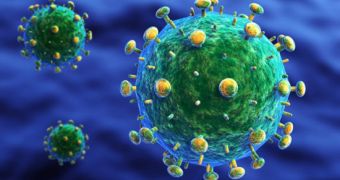A team of researchers working with the Aarhus University Hospital, in Aarhus, Denmark are presently conducting a series of human clinical trials which they help will translate into making a breakthrough as far as finding a HIV cure is concerned.
Should they succeed in achieving the breakthrough they are so eagerly expecting, the researchers say their findings would prove that it is indeed possible to roll out an affordable HIV cure.
This affordable HIV cure would also be mass-distributable.
Sources say that the strategy that said scientists are using in these human clinical trials basically comes down to stripping the HIV virus from human DNA and then compelling the individual's immune system to permanently destroy it.
Prior to its being dealt with by the body's very own immune system, the HIV virus has to be released from so-called reservoirs.
As senior researcher Dr. Ole Sogaard put it, “I am almost certain that we will be successful in releasing the reservoirs of HIV. The challenge will be getting the patient’s immune system to recognize the virus and destroy it.”
“This depends on the strength and sensitivity of individual immune systems,” said specialist went on to argue.
By the looks of it, this strategy has proven fairly efficient when employed in laboratory-based experiments alone. Because of this, the researchers have decided to also try to use it on a total of 15 human patients.
Should these 15 volunteers respond well to the treatment they are currently being administered, the researchers intend to enlist other human patients.
Dr. John Frater, a specialist working with the Oxford University Nuffield School of Medicine, commented on the strategy tested by these scientists as follows: “When the first patient is cured in this way it will be a spectacular moment. (…) But I think it will be five years before we see a cure that can be offered on a large scale.”

 14 DAY TRIAL //
14 DAY TRIAL //